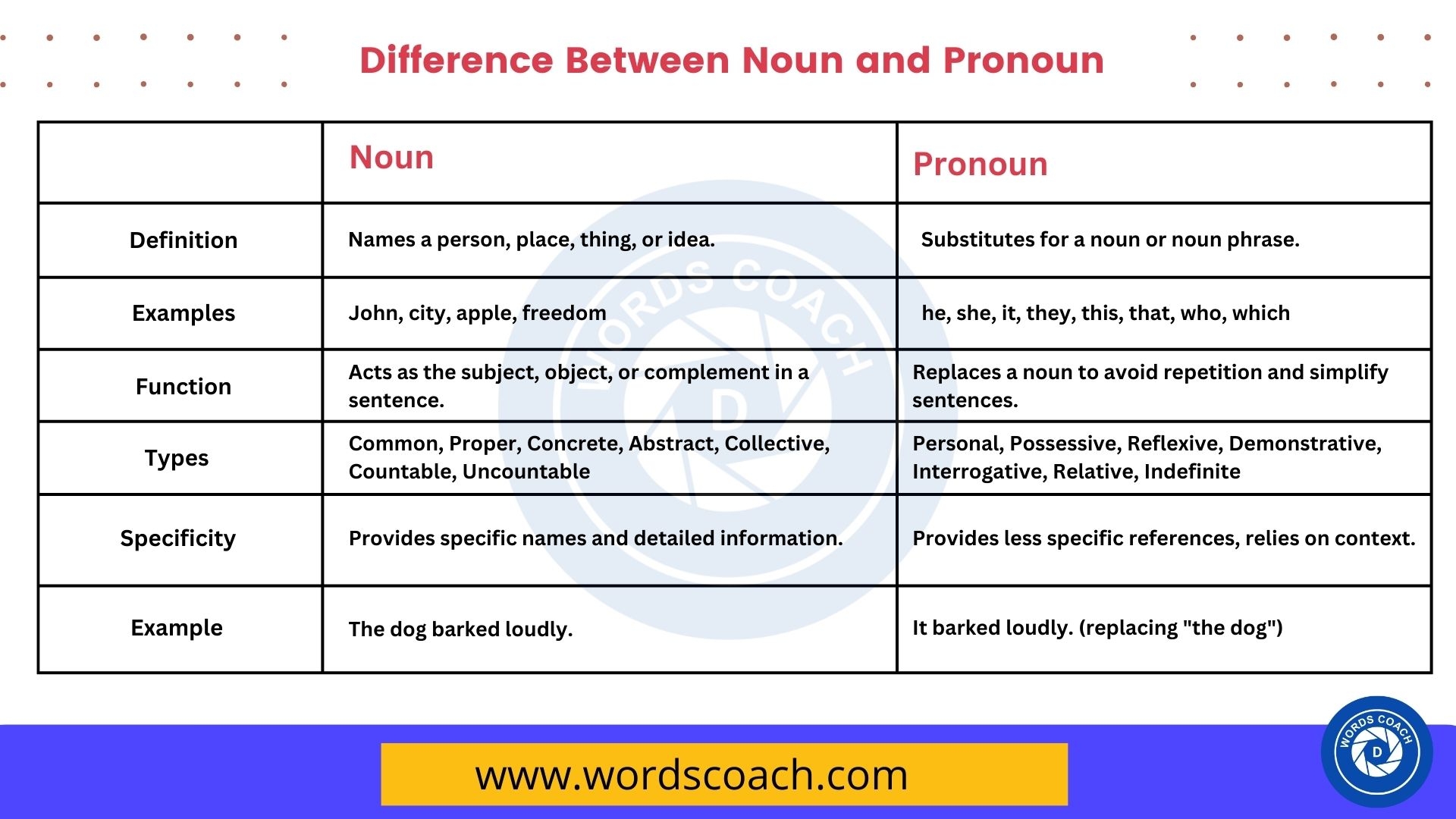In the English language, proper nouns and pronouns play essential roles in creating clear and concise communication. Understanding the differences between the two can help improve your writing and speaking skills. Proper nouns and pronouns both refer to specific people, places, things, or ideas, but they are used in different ways.
Proper nouns are specific names given to individual people, places, or things. They always begin with a capital letter, regardless of where they appear in a sentence. Examples of proper nouns include names of people (e.g., John, Mary), names of places (e.g., Paris, New York), and names of organizations (e.g., Microsoft, Apple).
Proper Noun vs Pronoun
Pronouns, on the other hand, are words that can replace proper nouns to avoid repetition or to make sentences flow more smoothly. Common pronouns include he, she, it, we, they, and you. Pronouns are used to refer back to a noun that has already been mentioned, making sentences less repetitive and more cohesive.
While proper nouns are specific and unique, pronouns are more general and can refer to a variety of nouns without being specific. For example, instead of saying “John went to the store,” you could say “He went to the store.” In this case, “he” is a pronoun that replaces the proper noun “John.”
Using proper nouns and pronouns correctly is important for clarity and precision in writing. When writing, it is essential to introduce proper nouns first before substituting them with pronouns to avoid confusion. Additionally, ensuring that pronouns agree in gender and number with their antecedents is crucial to avoid ambiguity.
In conclusion, proper nouns and pronouns serve distinct purposes in the English language. Proper nouns are specific names that always begin with a capital letter, while pronouns are general words that can replace proper nouns to avoid repetition. By understanding the differences between proper nouns and pronouns, you can enhance your writing skills and communicate more effectively.
